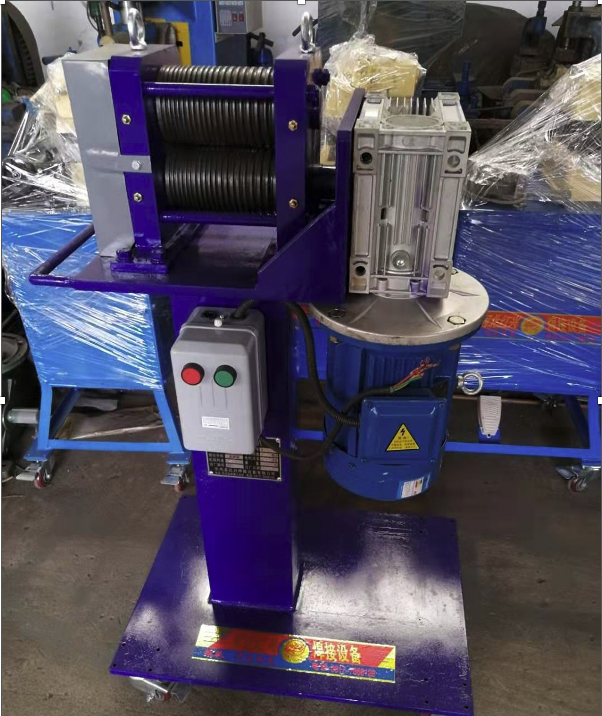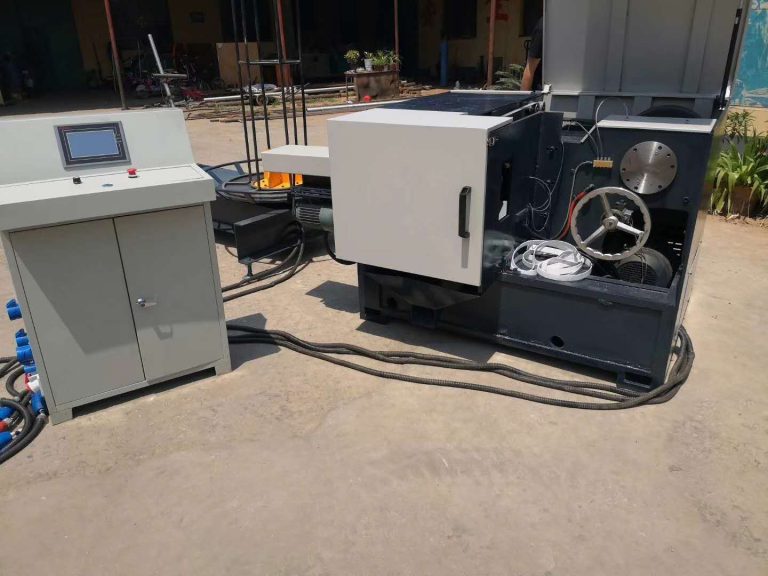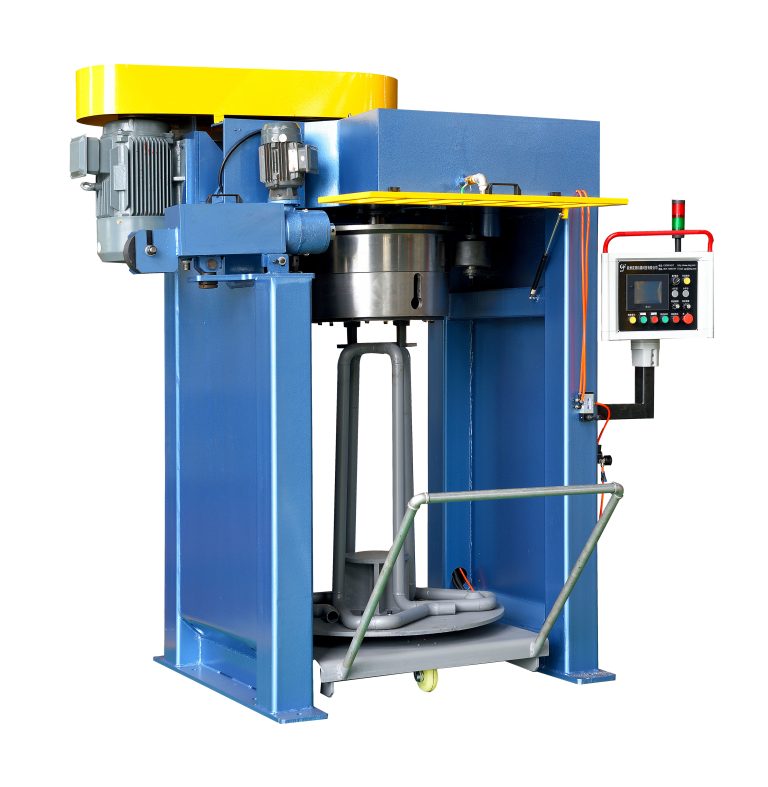Single Layer Winding: Pros and Cons
Single layer winding and double layer winding are two common techniques used in the construction of electric motors. In this article, we will focus on single layer winding, discussing its pros and cons in detail.
Single layer winding is a technique where the winding is done in a single layer around the stator or rotor core. This means that each coil is placed side by side without any overlapping. One of the main advantages of single layer winding is its simplicity. Since the coils are placed side by side, it is easier to wind and assemble the motor. This results in lower manufacturing costs and faster production times.

Another advantage of single layer winding is its improved heat dissipation. With coils placed side by side, there is better airflow around each coil, allowing for more efficient cooling. This helps to prevent overheating and prolongs the lifespan of the motor. Additionally, single layer winding results in a more compact motor design, making it ideal for applications where space is limited.
However, single layer winding also has its drawbacks. One of the main disadvantages is the increased risk of short circuits. Since the coils are placed side by side, there is a higher chance of the coils coming into contact with each other, leading to short circuits. This can result in damage to the motor and potential safety hazards.
Another disadvantage of single layer winding is its lower efficiency compared to double layer winding. In single layer winding, the coils are placed closer together, which can lead to increased resistance and lower efficiency. This means that the motor may consume more power and generate more heat, reducing its overall performance.
Despite these drawbacks, single layer winding is still a popular choice for many applications due to its simplicity and cost-effectiveness. It is commonly used in smaller motors where space is limited and efficiency is not a primary concern.
In conclusion, single layer winding has its pros and cons. While it offers simplicity, improved heat dissipation, and cost-effectiveness, it also comes with the risk of short circuits and lower efficiency. When choosing between single layer winding and double layer winding, it is important to consider the specific requirements of the application and weigh the advantages and disadvantages of each technique.
Overall, single layer winding is a viable option for many applications, especially those where space and cost are key considerations. By understanding the pros and cons of single layer winding, manufacturers can make informed decisions when designing and constructing electric motors.




